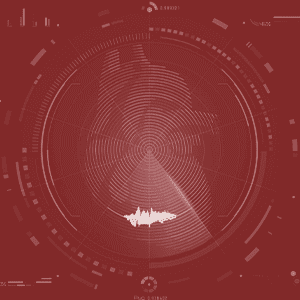Data analytics for healthcare is growing in importance rapidly as we near the end of 2019. Shifting payment models are creating pressure for providers to deliver better care at a lower cost while meeting stringent standards for patient privacy and combatting fraud and abuse. It’s no wonder that data analytics and fraud analytics for the healthcare industry are being relied upon to achieve the “quaduple aim.”
A recent survey of 56 chief information officers (CIOs), chief technology officers (CTOs), and chief analytics executives at health systems helps highlight the trend over the four years from 2015 and 2018: 70% of surveyed health systems now have defined strategies and visions for data analytics, up from 40%. Defining a C-level data role is on the rise, too.
Typical data analytics initiatives include:
- Improving care – data analytics for healthcare augments the expertise of healthcare professionals by providing clinical decision support
- Managing costs – analytics also provides operational support in areas like staffing and revenue cycle management
- Fraud analytics and reducing risks – healthcare seems particularly at risk for data breaches – perhaps 200% more likely than other in industries – and the opportunity for fraud remains high as many players – both providers and payers – participate in the overall care of patients.
As you chart a course for data analytics for healthcare in 2020, here are some challenges and opportunities to keep in mind.
Payers and providers need to assume more risk, which requires data analytics
The responsibility for population health is migrating from governments to a mix of managed and accountable care organizations and narrow networks of care delivery providers. When managed care enters into contracts to cover populations – not just those people who happen to be members – the challenge of finding and caring for people wherever they are requires data analytics.
Proactive treatment of chronic conditions is the only successful strategy. The challenge is that the data needed does not reside in your EMR – participating in population health delivery requires collecting and more data about health in the community and anticipating issues before people require hospitalization, which when used as healthcare in the last resort, leads to higher costs and worse outcomes. Understanding data across the continuum of care requires more data analytics.
Your EMR(s) help and hinder your efforts
Of course, data analytics for healthcare requires data, and the growth of EMR adoption and improvements in interoperability have helped organizations to move the patient record off paper and into a digital format. That’s the good news.
The bad news is that EMRs and interoperability initiatives are not moving fast enough for many provider needs. Even in clinical applications – like using data analytics to synthesize the pros and cons of treatment alternatives – often requires creating separate data lakes to perform the required analysis.
Set a high bar for security and fraud analytics for healthcare
With healthcare representing close to 18% of GDP in the US, there are many opportunities for fraud and abuse in the industry. In fact, fraud costs payers $68 billion annually.
The vast majority of participants in the system play fair, but all need to be vigilant. Security and fraud analytics in healthcare help prevent devastating data breaches and uncover anomalies in service delivery and payments.
Syntelli experts have helped clients – payers and providers – to deliver better value care to their members and patients. We look forward to serving you.


